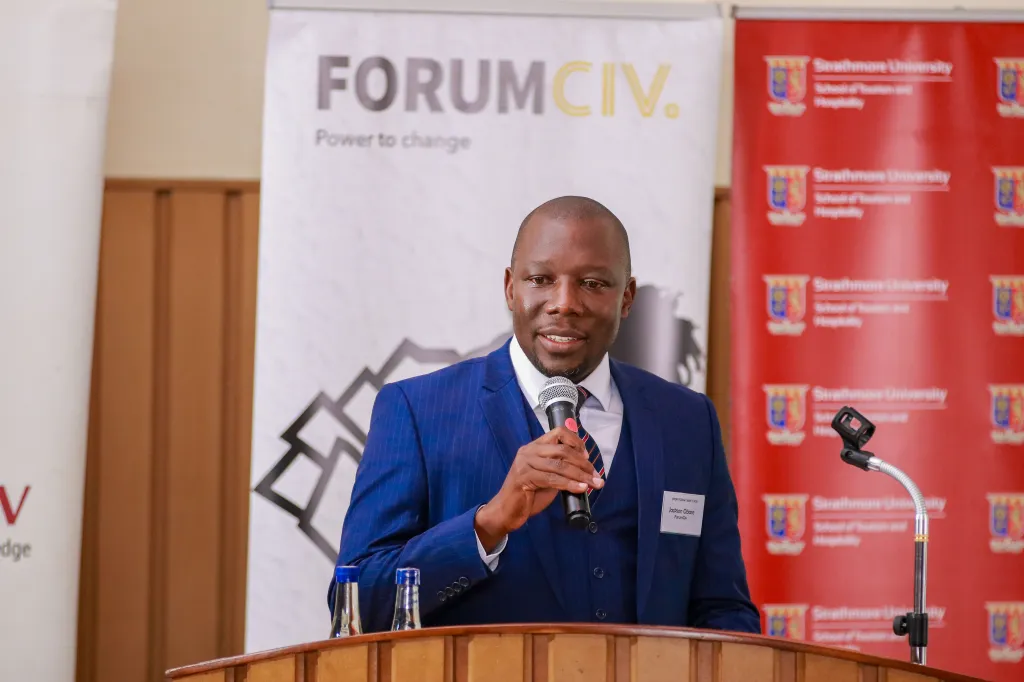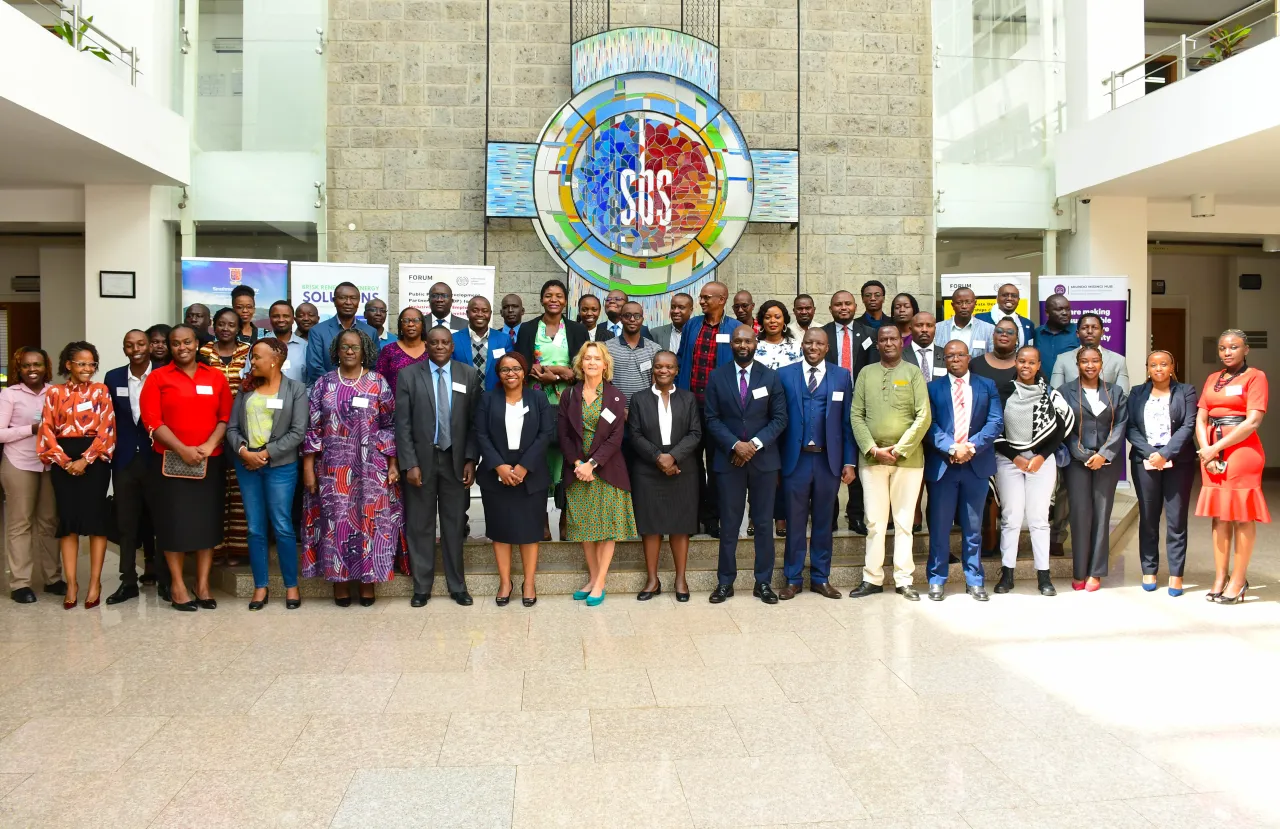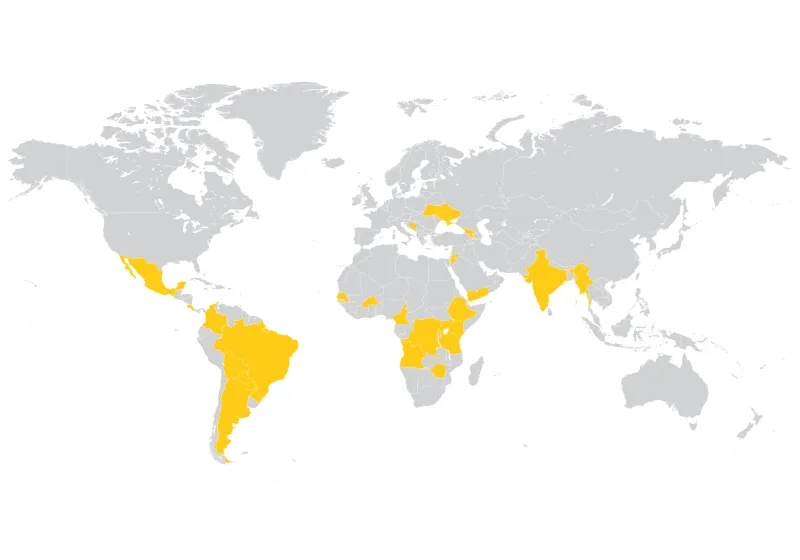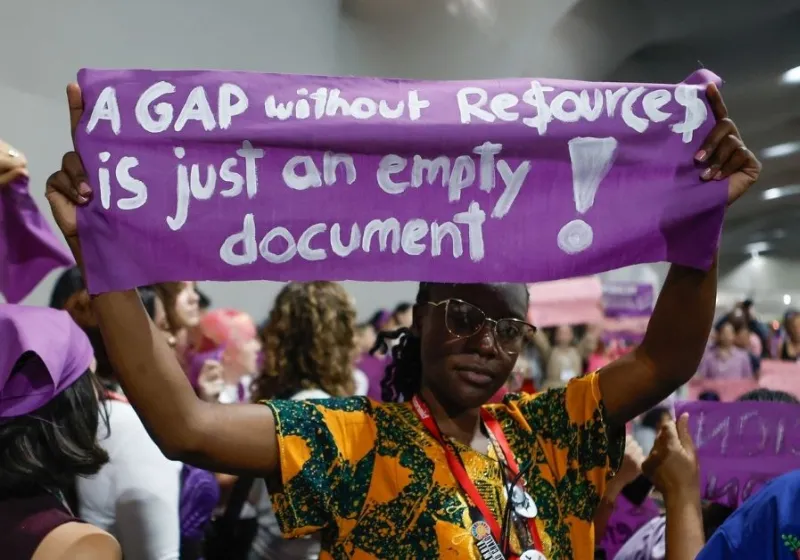Public-Private Development Partnerships- putting communities at the heart of Kenya’s growth

Kenya's development path is at a crossroads; on one side lie tremendous opportunities in natural resources, a vibrant youth, and an educated population, while on the other side, significant challenges persist. Primal to this is the decreasing fiscal space and public funds available to support the required infrastructure that drives development. With these constraints faced by the public sector, there is an opportunity to work with the private sector, which has been identified as a key player in providing the necessary impetus to drive this development by providing the much-needed capital and expertise.
Today, Kenya’s infrastructure financing gap exceeds USD 4 billion annually, and there is no doubt that we need private sector support. But capital alone cannot deliver progress. When infrastructure projects ignore or displace communities, they encounter resistance, delays, and public mistrust. In Kenya, we have seen Public-Private Partnerships (PPPs) in energy, transport, and water that have stalled when communities feel excluded, displaced, or misinformed. Kenya can no longer afford infrastructure that bypasses its people.
Infrastructure is more than roads and bridges – it is about connecting people to opportunities. This principle is driving a shift in Kenya’s development approach – one that places communities, not just contractors, at the heart of progress.
ForumCiv and the International Labour Organization (ILO), are advancing a new model: Public-Private Development Partnerships (PPDP). Unlike conventional PPPs, which emphasizes on financial viability, PPDPs embed inclusive community engagement, equitable benefit-sharing, and environmental safeguards into every stage of the project.
A people-centered approach to development
PPDPs seek to transform how projects are conceived and executed by making communities co-designers, not bystanders. This vision came alive at the recent Multi-Stakeholder Forum held on May 7, 2025, at Strathmore University. Organized by ForumCiv with support from the ILO and in collaboration with Kenya Law, Strathmore University, Miundo Misingi Hub, and Brisk Dynamics, the forum brought together over 60 stakeholders from government, civil society, academia, and the private sector to explore how community-led infrastructure delivers better outcomes.

One participant from a local community in Kenya’s Rift Valley shared her experience during the Olkaria geothermal expansion project:
“For the first time, we were asked what mattered to us – where the road would pass, how waste would be managed, and whether our youth could get jobs. That changed everything. We felt seen.”
Beyond box-ticking: participation with purpose
Community involvement must go beyond token consultations. Authentic inclusion means communities are involved throughout the project development stages through tools like stakeholder mapping, local power analysis, and active representation of women, youth, persons with disabilities, and marginalized groups to ensure that, their voices are heard.
As community engagement expert James Ngomeli aptly put it: “Community engagement is not Corporate Social Responsibility.”
When infrastructure projects prioritize local sourcing of labour and materials, they create jobs and stimulate local economies. Households benefit from new water access points and off-grid power systems. Children spend less time fetching water; parents save on energy costs and eventually communities thrive.
Global models, local lessons
Kenya can learn from regional examples. South Africa’s renewable energy programme and our own LAPSSET Corridor have pioneered innovations such as community shareholding, grievance redress systems, and benefit-sharing schemes. These are not simply good practices—they are smart investments in social stability.
Yet, gaps remain. While the Public Private Partnerships Act (Cap. 430) has strengthened procurement and oversight, it lacks provisions on community benefit-sharing, local content thresholds, and climate safeguards. The establishment of an independent oversight body—tasked with publishing project updates and impact metrics—would go a long way in restoring public trust and enhancing transparency.
Reimagining infrastructure financing
With donor funding on the decline, blended finance, that is, combining public resources with private capital, is emerging as a powerful solution. Kenya must also tap domestic sources such as pension funds, diaspora bonds, and community-based savings groups to finance essential, people-focused infrastructure like rural roads and water systems.
The proposed Viability Gap Fund under the National Treasury could help close financing shortfalls while ensuring social equity remains a guiding principle.
Moreover, the recently released expert report on leveraging local financial markets for PPP investment calls for redefining PPPs—not as billion-shilling mega-deals, but as scalable, locally-led interventions that solve real community problems.
Time for action, not talk
To realise this vision, the key stakeholders now need to move from talk to action. Aligning infrastructure development with constitutional values of equity, participation, and sustainability requires all hands-on deck. Legislators must strengthen legal frameworks. The private sector must adopt transparent, inclusive practices. Civil society and academia must continue to build capacity and facilitate open dialogue. And the judiciary must uphold participatory rights and offer accessible dispute resolution.
Kenya’s infrastructure must not only connect cities—it must connect lives. Let every road, pipeline, or power line be a bridge to opportunity, dignity, and justice
‘Let us not build roads that bypass the people – they must lead to the future they deserve.'
This article was authored by Jackson Obare and published on page 9 of the Daily Nation newspaper on June 3, 2025.
Other recent articles

ForumCiv’s social media accounts labelled as “extremist materials” in Belarus
Important message to our Belarusian followers. Any interaction with our content can now lead to legal consequences in Belarus. Please read the information below and take the necessary precautions for...

ForumCiv enters new strategic partnership
ForumCiv is proud to announce a new three-year strategic partnership with Sida, totalling SEK 137 million.

ForumCiv at COP30: African voices at the centre of climate justice
ForumCiv is participating in COP30 in Belém to amplify the voices of African civil society, who stand at the frontlines of the climate crisis yet are often excluded from decision-making.